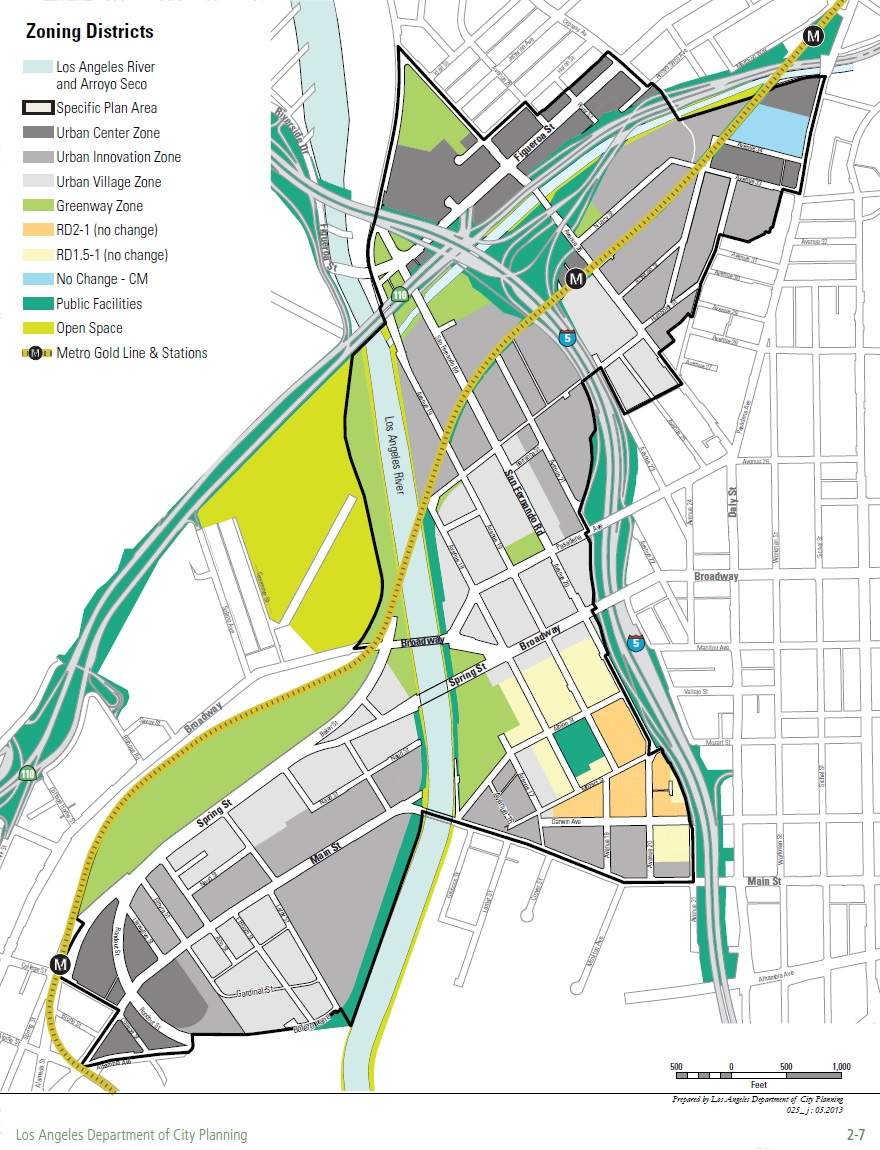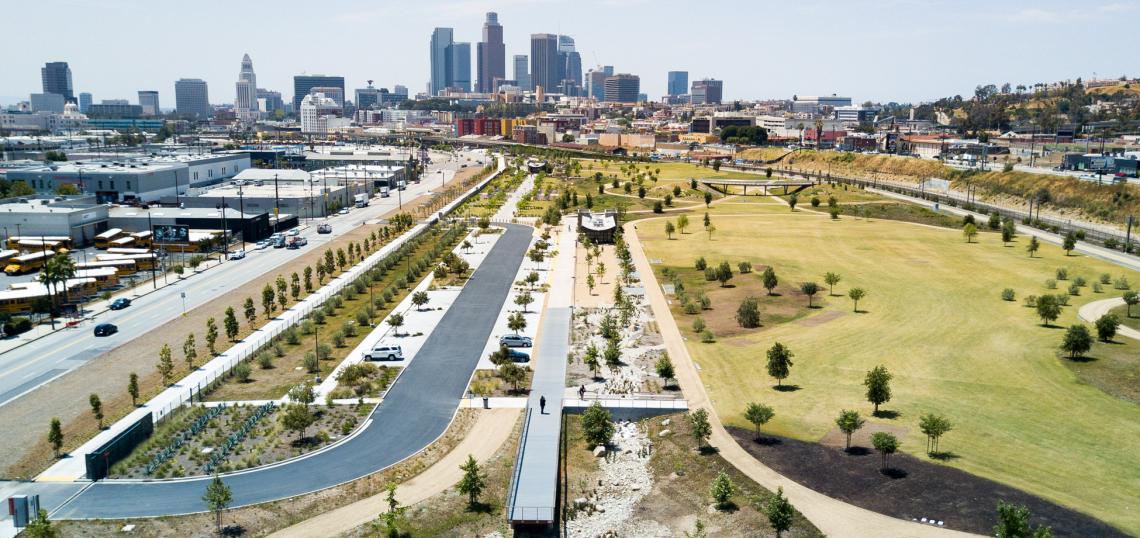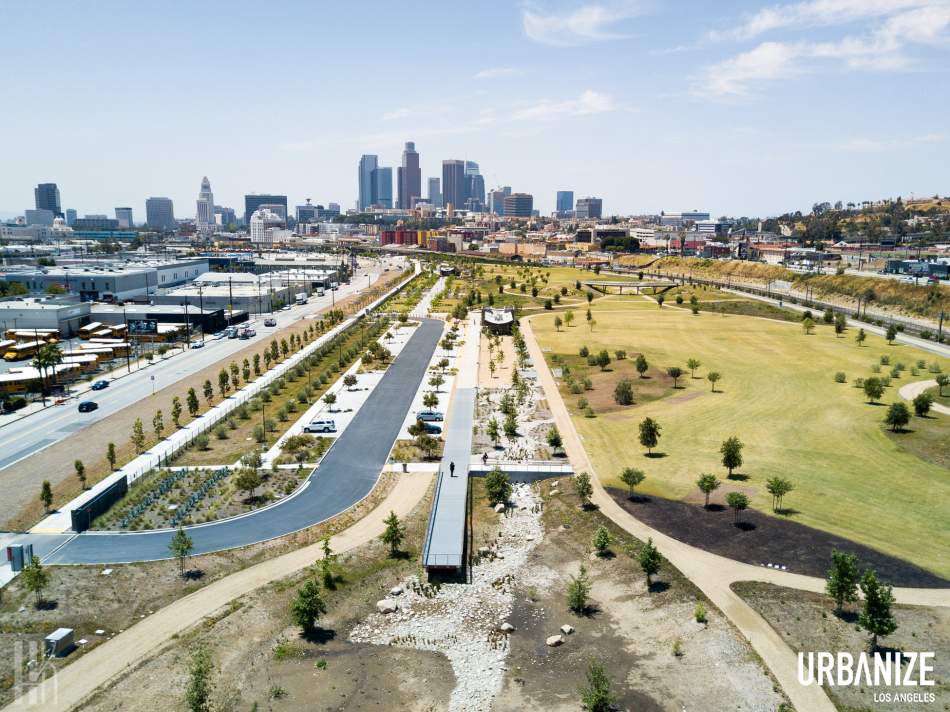In 2013, the City of Los Angeles adopted the Cornfield Arroyo Specific Plan (CASP), which governs land use and development in the nearly 660 acres of land which surrounds Los Angeles State Historic Park. At the time of its adoption, it was billed as an innovative approach to creating affordable housing and lauded for dropping parking requirements in new developments.
But five years after the plan was enacted, the CASP has yet to produce a single unit of new housing - market rate or affordable. This is not due to a lack of demand: residential projects that were entitled under pre-2013 zoning regulations are proceeding within the CASP area, and other large developments have been announced on adjacent blocks. The problem seems to instead be an imbalance between policy and market conditions, which Councilmember Gil Cedillo is now looking to address.
In a motion introduced earlier this week, Cedillo notes that the CASP allows certain projects bonus floor area (FAR) in exchange for providing affordable housing. The key incentive, known as Strategy B, allows for additional space for market-rate housing in exchange for each square foot of space dedicated to affordable housing.
However, "conflicting interpretations," of Strategy B have limited its ability to produce new affordable housing. The current interpretation of Strategy B requires that a proposed development first meet or exceed the maximum base allowable FAR for non-residential and non-commercial uses before being allowed to make use of any floor area bonus. But as market conditions cannot currently support the amount of non-residential square-footage required to trigger the affordable housing incentives, new projects in the CASP area are being rendered economically infeasible.
To address this, Cedillo's motion calls for the Planning Department to prepare an amendment to the CASP which would clarify that "Affordable Housing Bonus Option Strategy B may be utilized to exceed residential floor area limits, even where the maximum base allowable floor-area-ratio for non-residential and non-commercial uses is not met." This interpretation, according to Cedillo, was the Planning Department's original read of Strategy B, and is consistent with the City Council's goal of producing new housing through the CASP.

Housing for CA, a Los Angeles-based real estate developer and contributor to Urbanize who has previously critiqued the CASP, called the move by Cedillo "an immediate game changer," that would open up properties in the plan's Urban Center and Urban Innovation zones for housing construction. The Urban Center and Urban Innovation zones encompass a substantial portion of the plan's 660 acres, with high concentrations near Gold Line stations in Chinatown and Lincoln Heights.
Cedillo's motion, which has been referred to the City Council's Planning and Land Use Committee, also calls for the Planning Department to prepare a report which the CASP at its five-year mark and makes recommendations on future policies.
- Chinatown Archive (Urbanize LA)








